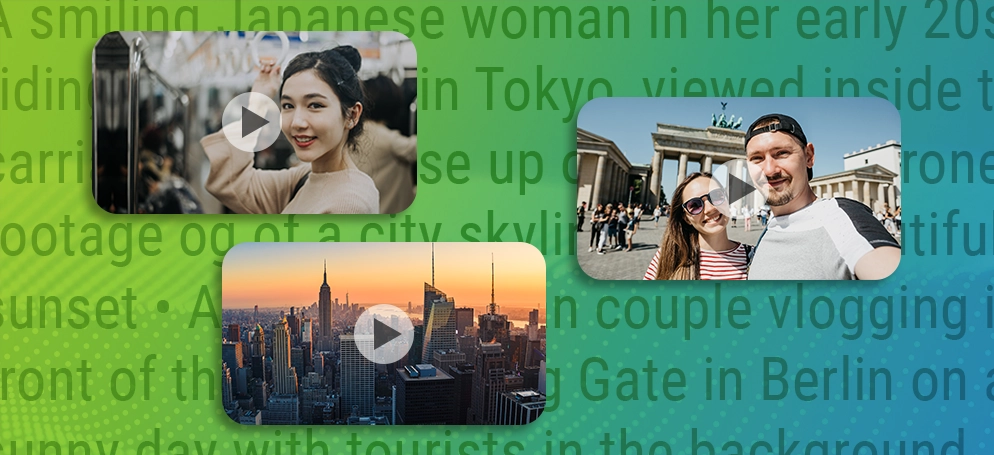
Sora: OpenAI’s content crusade conjures curiosity and concerns
OpenAI’s groundbreaking text-to-video AI model, Sora, has taken the tech world by storm, praised for its remarkable ability to create realistic and emotionally expressive video content from text prompts. Described as possessing a deep understanding of language, Sora stands out for its unparalleled realism, setting a new standard in AI-generated content.
While users have marvelled at the extraordinary videos it produces, there have also been concerns about potential risks, especially in the context of this year’s global elections. For now, Sora remains inaccessible to the general public, and OpenAI has refrained from disclosing a specific timeline for its release. In collaboration with experts specialising in areas such as misinformation, hateful content, and bias, OpenAI is testing the model to ensure its responsible and ethical deployment – in other words, ‘red teaming’.
While there are alternative video-generating models in existence, none boast the capability to craft realistic and intricate videos quite like the ones purportedly generated by Sora. Meta offers a tool for crafting short video clips, and Google is actively engaged in developing its own text-to-video model; however, it remains in the research phase. Other players have their own versions in the pipeline.
The evolution of AI-generated content
Less than a year ago, the output of similar models was seen as comedy gold for the tech-savvy internet, with memorable instances like the “Will Smith spaghetti” videos capturing attention. Now, leading companies in the field have rapidly advanced, challenging and disrupting a significant portion of the video production and creative industry, while also presenting new regulatory challenges. Questions about the training content, potential biases, and safeguards against inappropriate use have become crucial.
Six marketing implications in 2024 and beyond
Looking ahead, the advent of Sora and similar tools promises to revolutionise the marketing industry. We anticipate several trends:
- Empowering brands with rich content: The ability of AI models to generate rich content will empower many brands to compete at a lower cost, increasing competition in various sectors.
- Increased demand for video editing specialists: As the shooting element of video production is streamlined, the demand for skilled video editing specialists is expected to rise.
- Rising advertising costs: With the influx of AI-generated content, advertising costs on fast-growing platforms like CTV, social, and programmatic video are likely to increase, prompting brands to invest sooner.
- Evolution of creative agencies: Creative agencies will need to redefine their strategies to use these AI tools effectively, ensuring they remain at the forefront of content creation.
- Convergence with Web 3.0: The integration of AI-generated content may intersect with NFTs and blockchain, leading to new perspectives on what authenticity means in the online content world. (Web 3.0 being the concept of a world wide web based on blockchains.)
- Potential for cultural insensitivity: The ease of production may inadvertently lead to culturally inaccurate videos and epic fails from brands, as AI lacks the nuanced understanding required to navigate diverse cultural contexts. This underscores the importance of international strategy consultancy, using on-the-ground insights from Local In-Market Experts.
Three reasons to think carefully
We also have three more predictions, or perhaps they can be considered reasons to tread carefully:
- Video engagement dynamics: Potentially, video could follow the path of text content, becoming a cluttered and duplicated content bubble with decreasing engagement rates.
- Importance of personalisation: Building in personalisation principles will differentiate the smart marketers from opportunists, delivering more meaningful and effective results.
- ROI concerns: Despite the massive investments in AI, uncertainties regarding return on investment may prompt a cautious approach, with the possibility that this could be a “let’s test the waters” type of exercise for major AI companies.
There are both opportunities and challenges for brands
Exciting opportunities for brands to compete with rich content come hand in hand with challenges such as increased advertising costs and the potential for cultural inaccuracies. As we navigate this evolving landscape, staying ahead of the curve and understanding the implications will be key for marketers in 2024.
. . .
To find out how Oban and its unique network of Local In-Market Experts can help accelerate your brand’s international growth, please get in touch.
Oban International is the digital marketing agency specialising in international expansion.
Our LIME (Local In-Market Expert) Network provides up to date cultural input and insights from over 80 markets around the world, helping clients realise the best marketing opportunities and avoid the costliest mistakes.